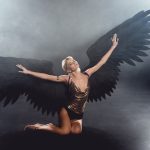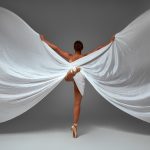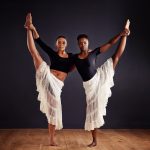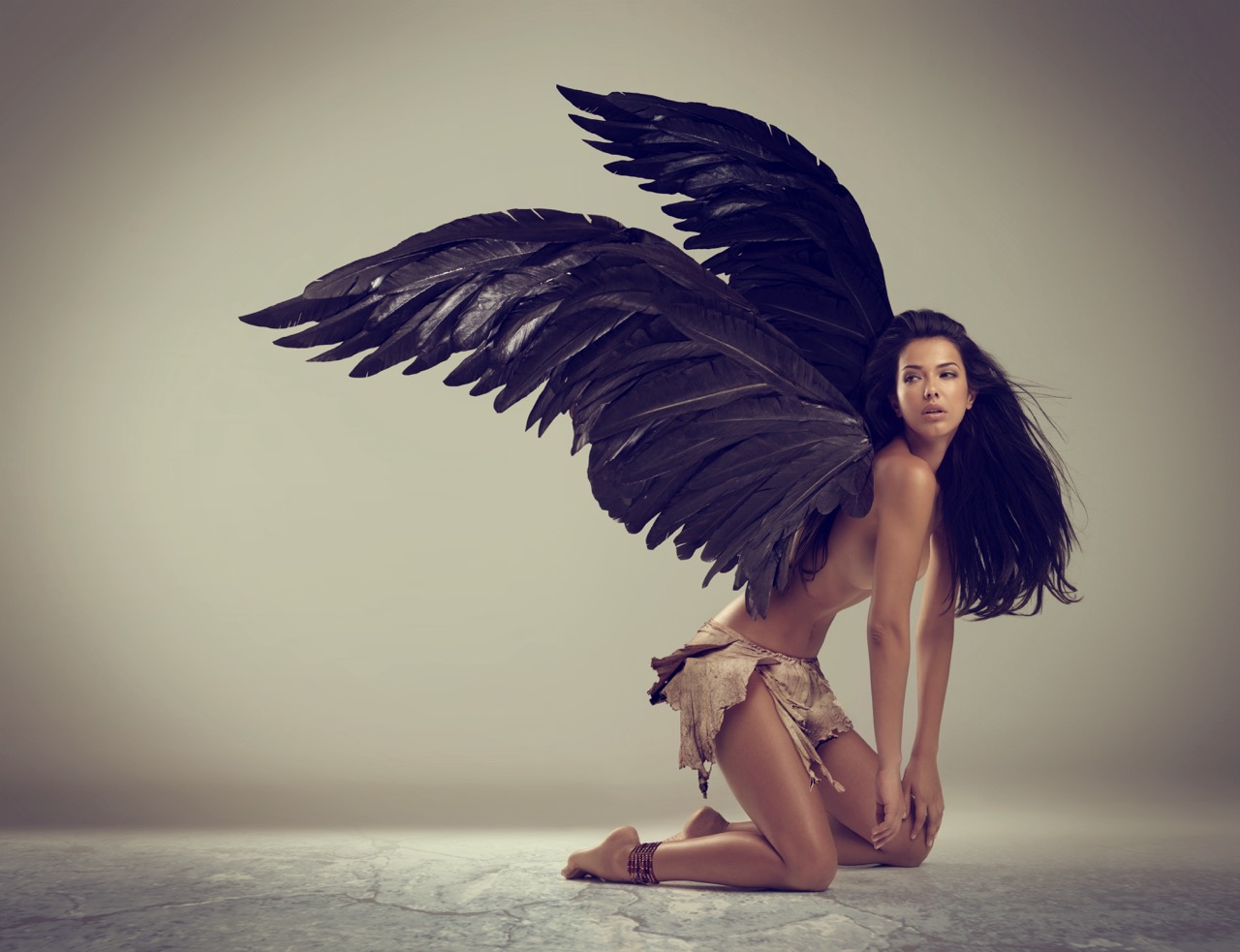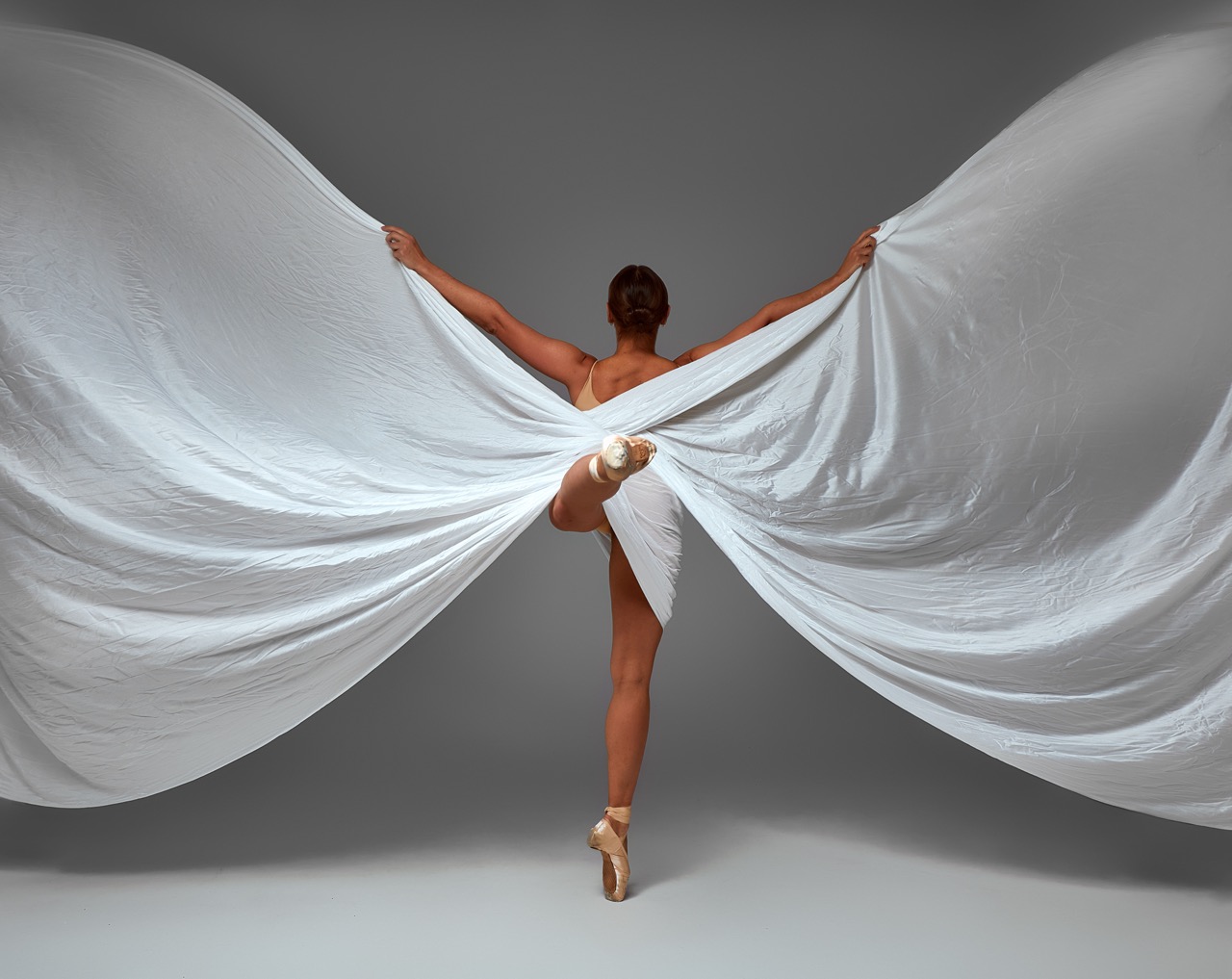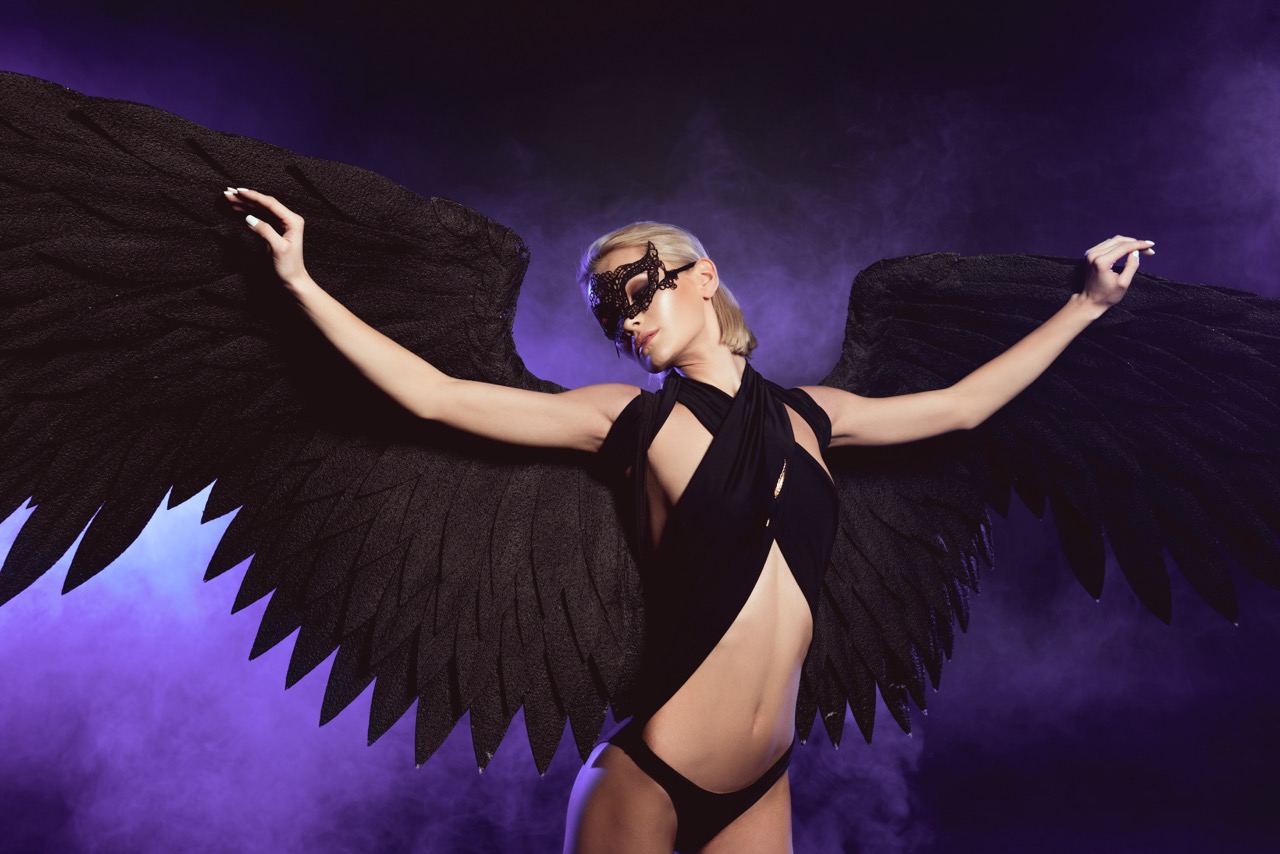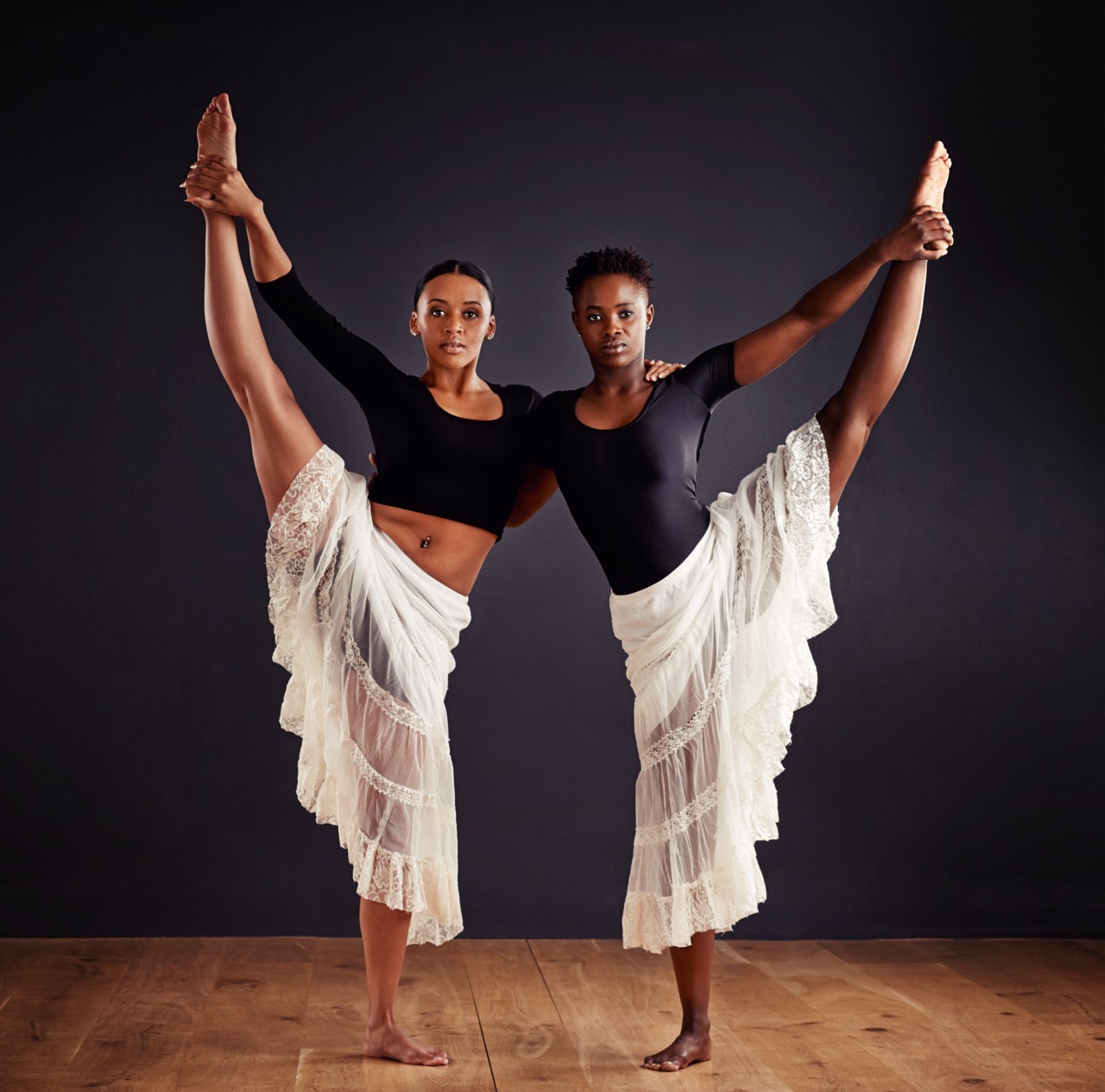Dance is a universal language that transcends cultural and geographic barriers, expressing emotions and stories through movement. Among the myriad of styles and forms that grace the stage, the incorporation of winged costumes adds an enchanting dimension to performances. These costumes not only enhance the visual allure of dance but also symbolize freedom, transformation, and ethereal beauty. In this article, we will explore popular dance styles that embrace winged costumes, unravel their cultural significance, and delve into how they merge artistry with movement.
The Enchantment of Winged Costumes in Dance Performances
Winged costumes have a magical quality, often invoking imagery of angels, butterflies, and mythical creatures. Their flowing fabrics and intricate designs can make dancers appear as if they are gliding through the air, transcending the earthly realm. The visual impact of these costumes captivates audiences, drawing them into a world where the line between reality and fantasy blurs. The shimmering textures and vibrant colors of winged attire amplify the dancer’s movements, creating a stunning visual narrative.
Incorporating wings into dance performances can elevate the storytelling aspect of a piece. When dancers wear wings, they often convey themes of liberation, growth, and transformation. The act of stretching or folding the wings can symbolize emotional transitions, allowing dancers to illustrate profound experiences without the need for words. This non-verbal communication resonates deeply with audiences, creating an immersive experience that lingers long after the performance is over.
Moreover, the engineering of winged costumes has evolved considerably, with advancements in materials and design allowing for greater mobility and comfort. Modern winged costumes can be lightweight, giving performers the freedom to execute intricate movements while still maintaining the ethereal quality associated with wings. This blend of artistry and technology continues to enchant both dancers and spectators, making winged costumes a staple in various dance forms.
A Journey Through Iconic Dance Styles with Wings
Among the most recognized dance forms featuring winged costumes is ballet. The traditional ballet performance often incorporates tutus and feathered wings, especially in productions like "Swan Lake," where dancers embody the elegance and grace of swans. Each plié and pirouette becomes a poetic gesture that echoes the movements of birds in flight. Ballet’s history of merging narrative with movement has made it a fertile ground for winged interpretations, resulting in visually stunning adaptations of classic tales.
Another iconic style that embraces wings is contemporary dance, where choreographers experiment with themes of nature and spirituality. Dancers may don flowing, oversized wings that complement their movements, creating a dialogue between the dancer and the space they inhabit. This style often highlights personal expression, allowing the symbolism of wings to take on various meanings—such as rebirth, freedom, and interconnectedness with the universe. As contemporary dance evolves, so too does the interpretation of winged costumes, making them a vital element in many modern performances.
Additionally, traditional dances from various cultures often incorporate winged motifs, such as the intricate movements of Middle Eastern dance or the storytelling aspect of Indian classical dance. In these performances, wings can represent mythical beings or gods, connecting dancers to their rich cultural heritage. The elegance and fluidity of these styles, combined with the magical allure of winged costumes, create a captivating spectacle that honors tradition while showcasing creativity.
Merging Artistry and Movement: Winged Dance Forms
The fusion of artistry and movement in winged dance forms is evident in the way costumes complement choreography. The design of winged attire is often meticulously crafted to enhance the dancer’s physicality, allowing movements to resonate with viewers on a deeper level. As dancers extend their arms or leap into the air, the wings evoke a sense of flight, transforming the ordinary into the extraordinary. This combination of aesthetics and athleticism creates an unforgettable experience, where art comes alive through motion.
In many cases, choreographers specifically design pieces that integrate the movement of wings with the dance narrative. For instance, in theatrical performances, the wings may serve as extensions of the dancer’s emotions, helping to convey complex themes and character arcs. This intentional focus on movement and costume allows for a richer storytelling experience, inviting the audience to interpret the layers of meaning behind each gesture and pose. The synergy between dance and design elevates the performance, making it a captivating spectacle.
The influence of technology also plays a role in merging artistry with movement in winged performances. Innovative costume designs often incorporate elements like LED lights or kinetic features that move in conjunction with the dancer. These advancements not only enhance the visual appeal but also create a multi-sensory experience for the audience. By blending traditional dance techniques with modern design, winged dance forms continue to evolve, pushing the boundaries of creativity and expression in performance art.
The Cultural Significance of Winged Costumes in Dance
Winged costumes carry deep cultural significance in many dance traditions worldwide. They often symbolize aspirations, dreams, and the quest for transcendence. In various mythologies, wings represent the divine or celestial beings, serving as a bridge between the earthly and the spiritual realms. By integrating wings into dance performances, artists pay homage to these cultural narratives, honoring the stories and beliefs that have shaped human experience across generations.
In addition to their symbolic meanings, winged costumes can reflect the socio-historical context of the cultures from which they originate. For instance, in indigenous dance forms, wings may signify connection to nature, honoring the earth and its creatures. Such costumes remind audiences of the importance of respecting and preserving cultural heritage, as they encapsulate the values and aesthetics of their respective traditions. This cultural resonance deepens the viewer’s appreciation for the performance, inviting them to engage with the dance on a more profound level.
Furthermore, the use of winged costumes in contemporary dance often serves as a commentary on contemporary issues such as freedom, identity, and transformation. As dancers embody these themes, they challenge societal norms and explore what it means to break free from constraints. In this way, winged costumes are not just ornamental; they are vessels of expression that reflect the changing tides of culture and society. As performers continue to innovate and push boundaries, the legacy of winged dance forms remains a vital part of the artistic landscape.
The allure of winged costumes in dance is undeniable, as they encapsulate a sense of magic and transformation that captivates audiences across the globe. From ballet to contemporary dance and traditional performances, wings embody themes of freedom, identity, and cultural heritage. As we continue to witness the evolution of these art forms, the enchanting combination of artistry, movement, and symbolism will undoubtedly inspire generations of dancers and audiences alike. Embracing the beauty and significance of winged costumes ensures their enduring legacy in the world of dance, reminding us of the profound stories that can be told through movement.
